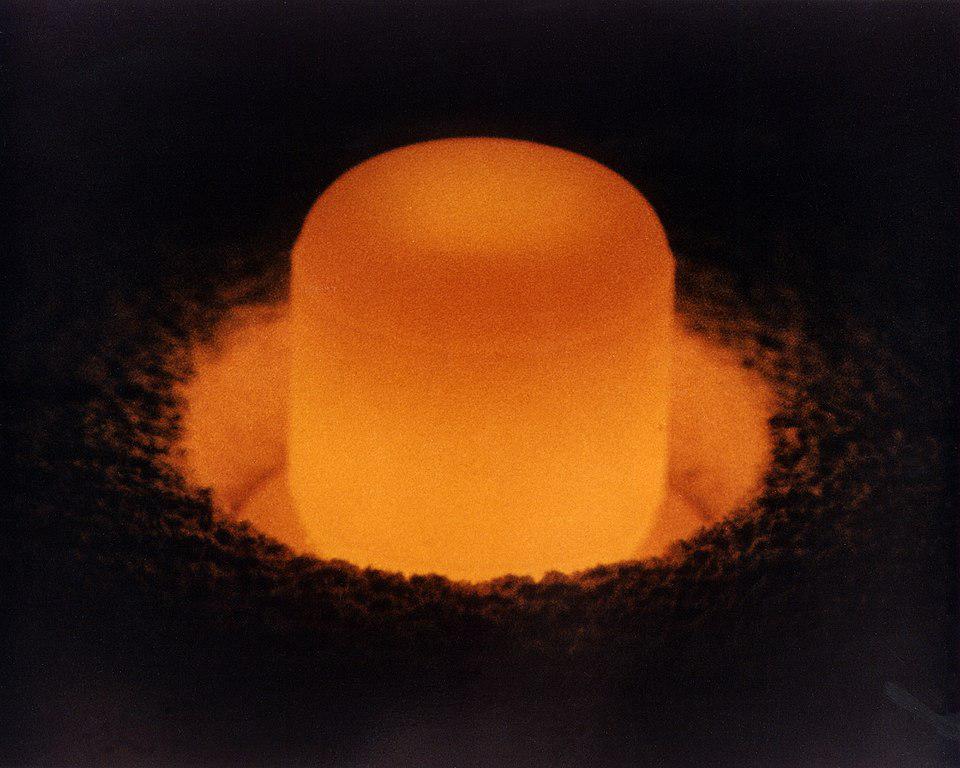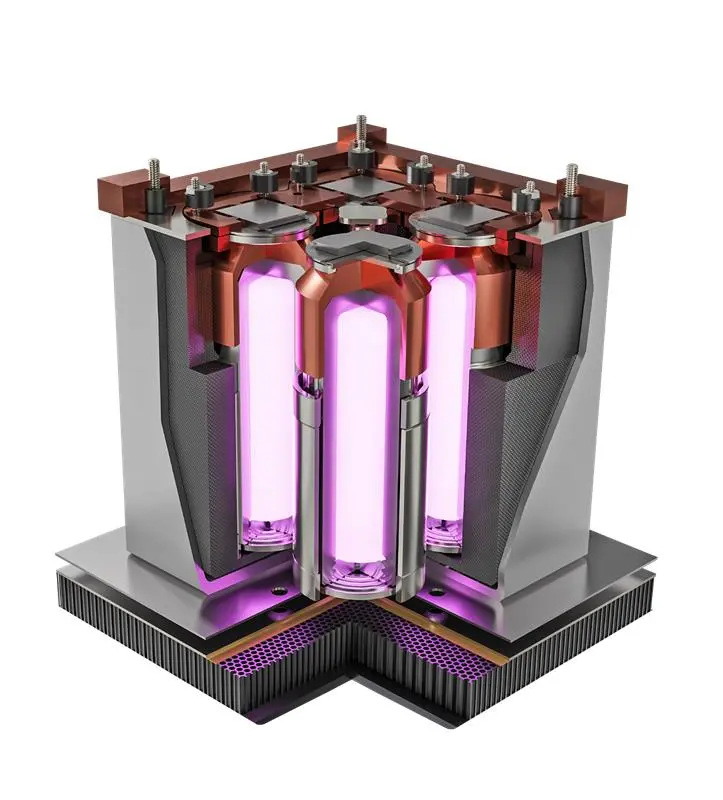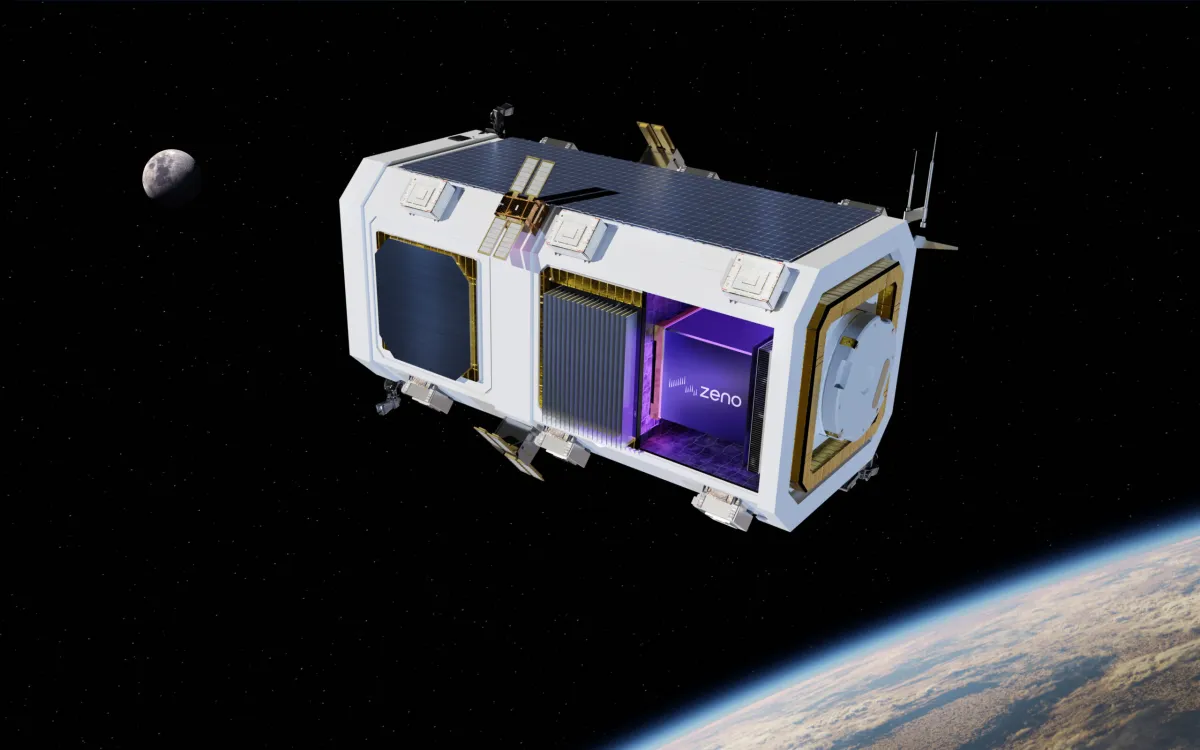Aerospace startup Zeno Power Systems has received a USD 30 million contract to build a satellite with a radioisotope power system for the US Air Force. It is planned to be launched by 2025.
Principle of operation of the RTG
The vast majority of spacecraft receive energy from solar panels. They are cheap and the technology of their production has been established for a long time. However, in some cases, solar panels are not enough to meet the needs of the mission. This, for example, concerns spacecraft sent to deep space. For their energy supply, NASA uses radioisotope thermoelectric generators (RTGs).

The principle of operation of RTG is very simple. Inside it is a radioactive isotope. During the decay process, it releases heat, which is then converted into electricity by means of a thermocouple. Since there are no mechanical parts capable of breaking in RTGs, they are extremely reliable and capable of working for decades. It is the RTGs installed on a pair of famous Voyager probes, providing them with energy for more than 45 years.
But, despite a number of advantages, RTGs still remain actually a piece product that has not found application in the commercial sector. The main reason is that NASA uses plutonium 238 in its RTGs. The United States stopped producing this isotope in 1988; since then, it has been purchasing it in Russia. Only after the Crimean events, America resumed production of plutonium 238. However, its pace is still low, and the available isotope reserves are not enough even for all the needs of NASA.
New generation of RTGs
Zeno Power Systems is going to change the current state of affairs and demonstrate that RTGs can become a mass product and find application in the commercial sector. For this, the company is going to bet on strontium-90, which is cheaper and easier to produce than plutonium-238.

It is worth saying that in the past, the US military tried to use strontium-90 on some satellites. Strontium RTGs were also installed on Soviet interplanetary vehicles. However, they have not become widespread in the United States due to the unfavorable ratio of mass and power generated.
Zeno Power Systems claims that they have managed to solve this problem. The RTG developed by its engineers will be much lighter and more efficient than its predecessors, which will allow it to be installed even on small satellites. This summer, the company intends to hold a demonstration of its device. The next step will be the launch of a demonstrator satellite with RTG for the needs of the US Air Force. The company has already received USD 30 million for the implementation of this project.

The success of the test can be an impetus for the popularization of RTGs. It cannot be ruled out that NASA will also be interested in the novelty. It can allow us to start developing missions, the implementation of which has been hindered by the lack of plutonium-238.
Earlier we talked about how NASA managed to find an additional source of energy for the Voyager 2 spacecraft.
According to https://spacenews.com
Follow us on Twitter to get the most interesting space news in time
https://twitter.com/ust_magazine

